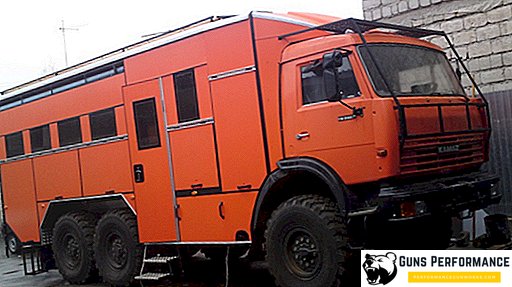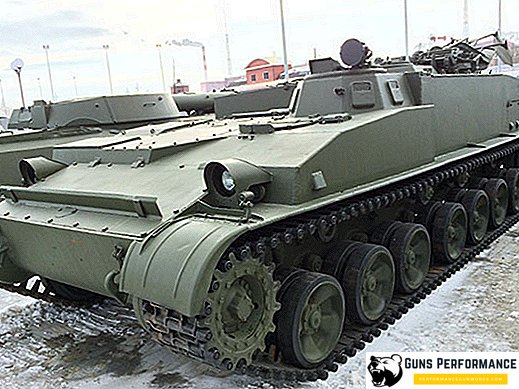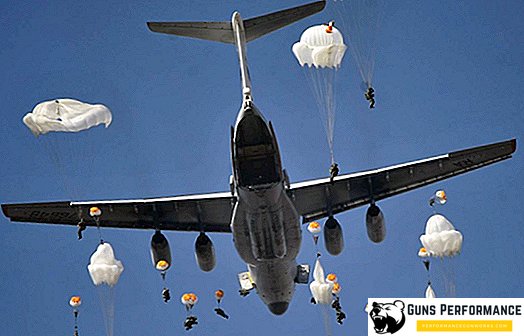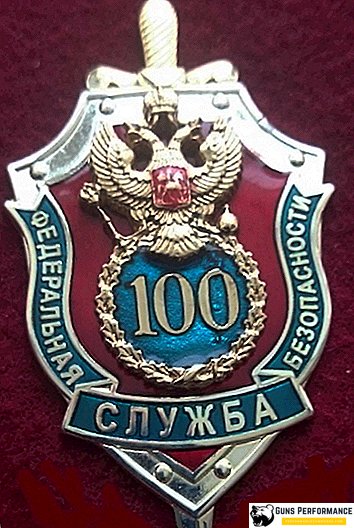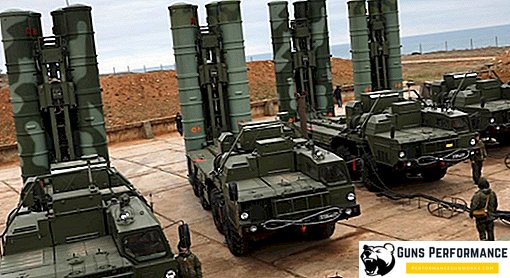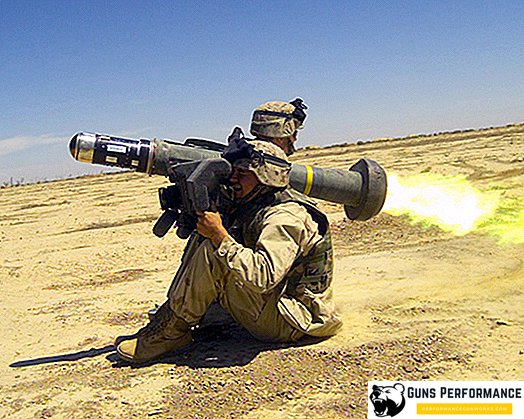Many people had to learn about what phosphorus bombs are from news releases when the latest unfortunate events in Ukraine were described. There are several types of weapons, the main part of which is white phosphorus - a self-igniting substance that burns in the air and, together with a number of incendiary substances, becomes a dangerous “filling” for ammunition.
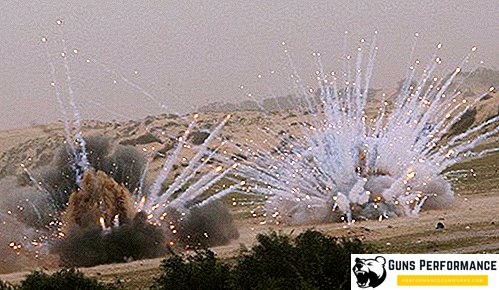
Types of phosphorus ammunition
All phosphorus ammunition can be divided into groups:
- hand grenades;
- aerial bombs;
- rockets and missiles;
- mortar mines;
- artillery shells;
- airbags.
Under normal conditions, white phosphorus can persist in store for a long time without any reaction, but certain conditions must be observed, the most important of which is that the air temperature should not rise above 34-40 degrees.
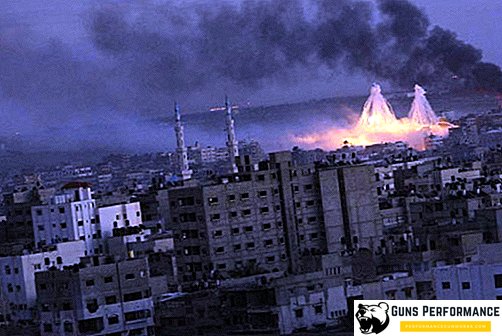
What is white phosphorus
The substance, which stuffed the shells, is in itself solid and poisonous. A dose of 0.1 g is fatal for humans. Such specific actions of the substance on the human body made it the basis for the creation of many types of especially dangerous weapons.
How does phosphorus munitions work
Phosphoric bombs are extremely dangerous because when burning, the temperature of the active substance reaches 1200 degrees, but depends on the type of ammunition, the ambient temperature and humidity. In the process of burning, acrid thick white smoke is emitted, which does not stop until all phosphorus is burned out or oxygen is blocked.
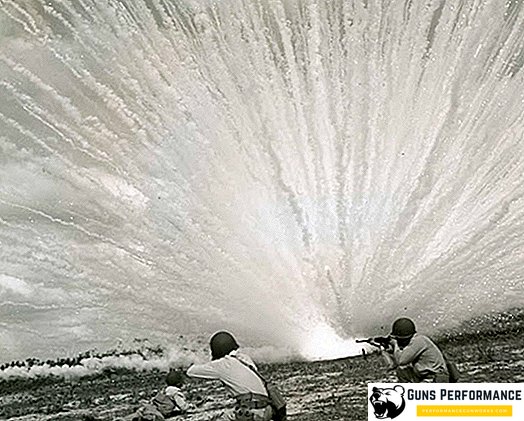
In addition, phosphorus itself is poisonous. It can cause damage to the bones and bone marrow, as well as tissue necrosis. A person who gets into the zone of destruction of such a bomb runs the risk of fatal injuries, large burns in area and depth. Even if there is a medical specialist nearby, he must first undergo special training, otherwise he may also get a phosphoric burn during the treatment of the wound.
Video: phosphorus bomb blast
Psychological aspect
The principle of operation of such weapons is not only to kill, maim a person, but also to inflict a huge psychological trauma. A person struck by such weapons, people who are close to him, have to look at how the skin is charred, and when inhaling concentrated smoke - how people die from burning out the lungs.
The ban on the use of phosphorus bombs
Currently, phosphorus bombs and other weapons containing phosphorus are prohibited under international agreements of 1868, 1949, and 1980. Despite numerous attempts to completely ban the use of such weapons, the agreements were constantly violated.
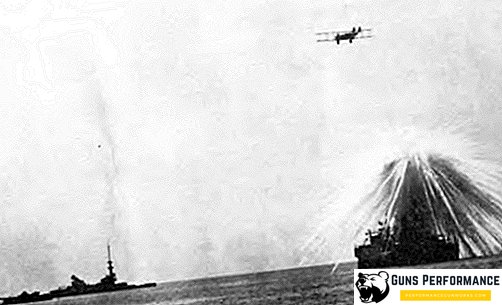
During the first and second world wars, bombs and hand grenades filled with white phosphorus were used by the Irish, the Germans, the British, the Americans, and the Koreans. In addition, phosphorus munitions were used in our time, during the war in Iraq, as well as in the Gaza Strip. According to some reports, this type of weapon was also used in Ukraine in 2014, but its use was not confirmed by physical evidence - victims with characteristic burns, numerous fires, and so on.
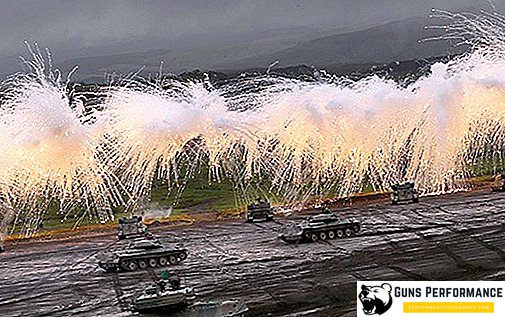
How to protect
If a phosphorus bomb explodes within a radius of several kilometers, you can defend yourself against ammunition based on the general principles of protection against incendiary weapons. According to military psychologists, the chances of not getting injured increase if people maintain clarity of mind and try not to panic.
The consequences of the explosion of such a bomb are numerous fires, it is necessary to quickly eliminate them, that is, to put out the fire with a large amount of water or to fill it up with wet sand. To prepare for the elimination of consequences, it is also worth stocking up on copper sulfate, and in the absence of any improvised means - just fill the fire with dry earth. Such actions will allow to close the access of oxygen, which means that phosphorus will stop burning.
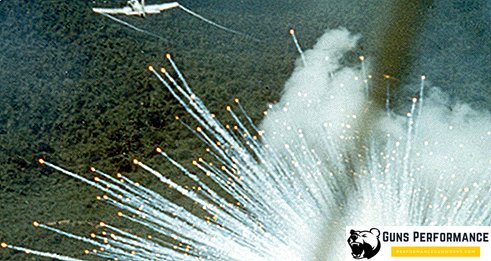
How to cope with the consequences
Before embarking on actions aimed at the rescue of a person, it is necessary to make sure that its cause is really phosphor bombs and the substances contained in them. Such burns have a peculiar smell of garlic, the skin around them is smoked and charred.

First, an aseptic dressing is applied to the extinguished burn to prevent inflammation and infection. Further, all measures are taken to prevent pain shock, followed by evacuation of a person from the affected area. In the cold season it is not recommended to remove clothes from the victim so as not to increase the shock.
The use of any drugs without prior analysis of the human condition is permissible only if the physician knows for sure that the medicine is more likely to help than to harm. However, experts strongly recommend not to assist the victim if the person does not know what to do with such injuries.


